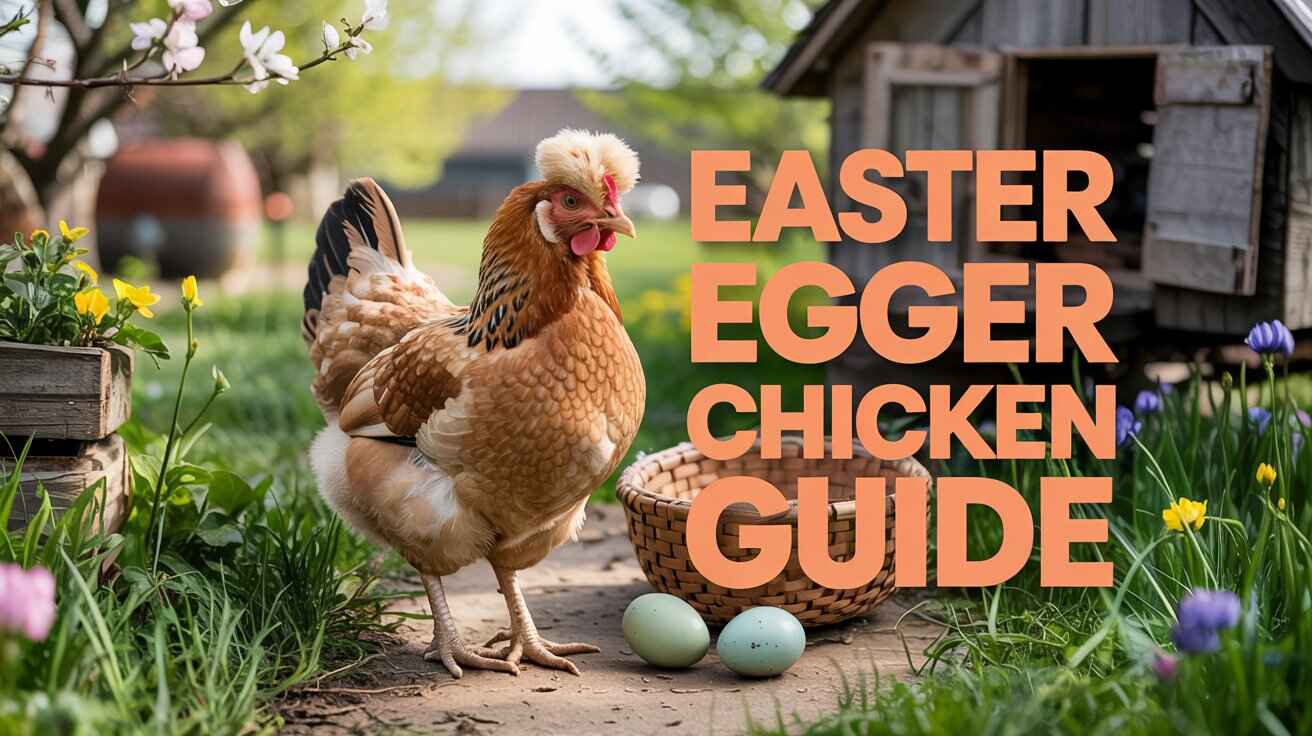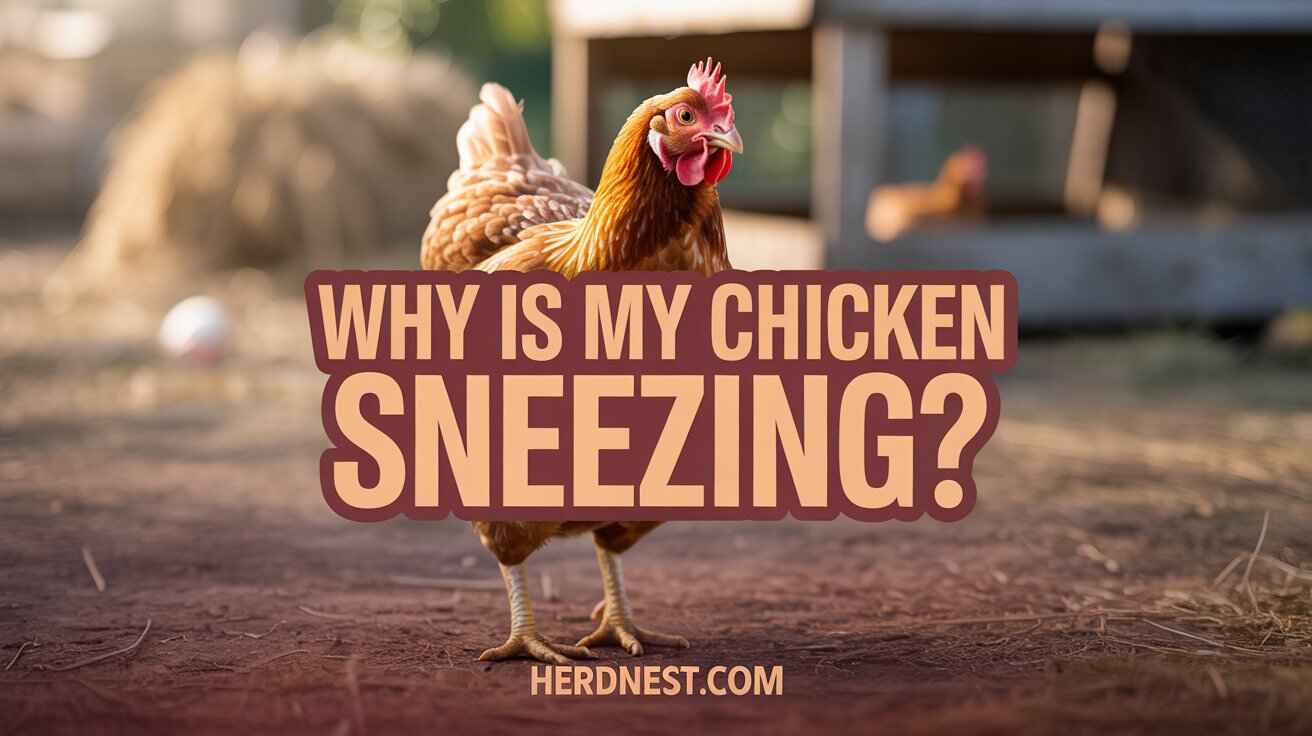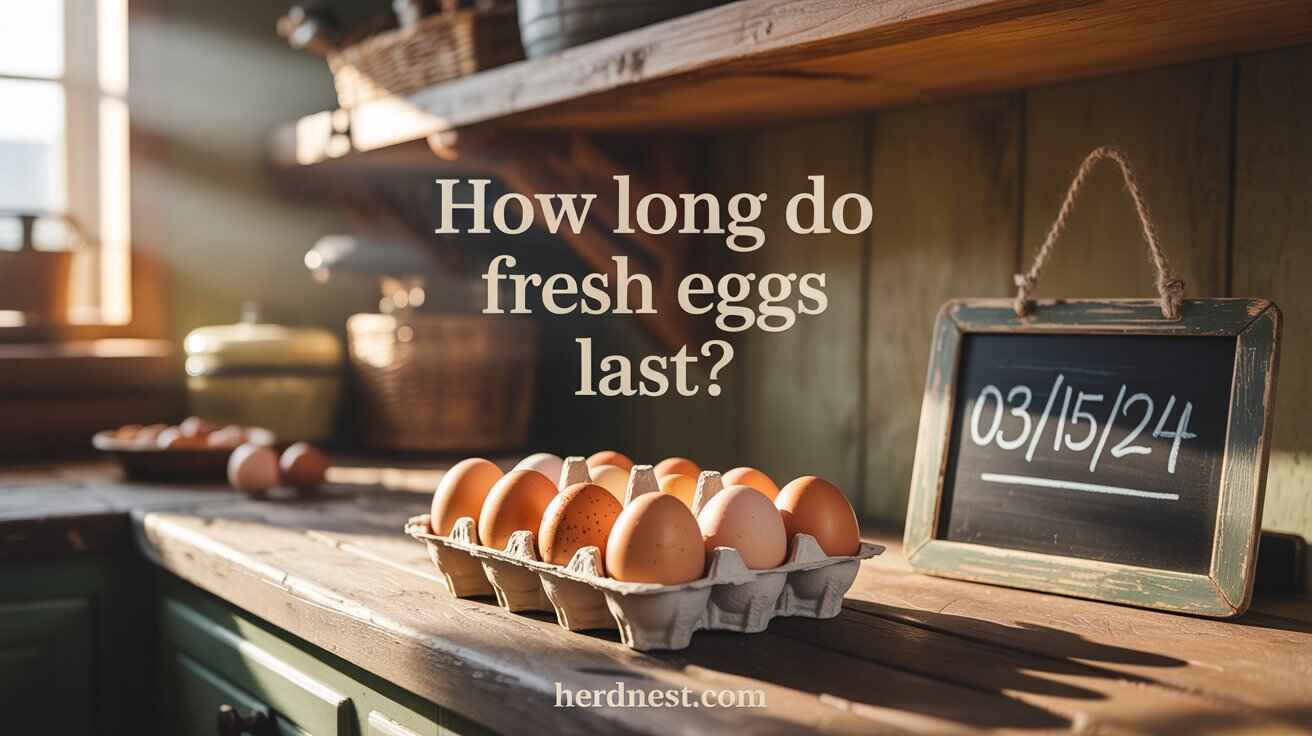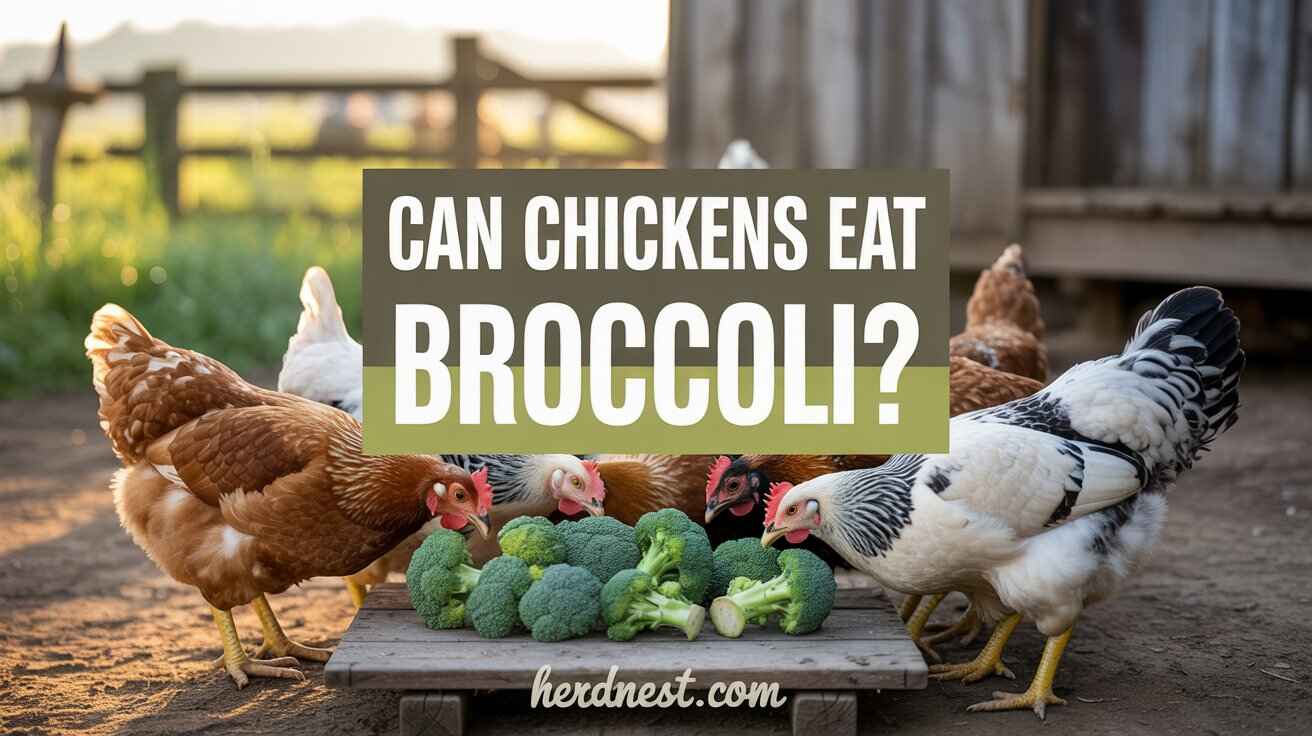Easter Eggers are a favorite for anyone diving into the joys of chicken-keeping. When I first started with my recent flock, I wasn’t particular about egg color, sticking with hardy breeds that lay eggs reliably.
But as I grew intrigued by the idea of a more vibrant egg variety, Easter Eggers became an irresistible addition to my backyard. Known for their colorful eggs in shades of blue, green, and even soft pink, these chickens brought a unique charm to my egg basket. They quickly became a gateway to my love for this rural hobby, blending practicality with visual appeal.
Their popularity isn’t just because of their fresh, eye-catching eggs; these chickens are also fairly easy to keep. Their hilarious antics and adaptive nature make them perfect for anyone dreaming of a little cottagecore in their daily life.
This batch of chicks added not only beauty but a sense of fun to my backyard. If you’re looking to grab attention and add a touch of intrigue to your country lifestyle, Easter Eggers are the perfect choice.
Table of Contents
ToggleQuick Overview: The Easter Egger Breed Guide
Easter Eggers are a hybrid chicken breed loved for their vibrant eggs in shades of blue, green, pink, and brown. They’re hardy, gentle, and easy to care for—great for families and new chicken keepers. Each hen lays one consistent egg color and can produce up to 280 eggs per year. While not ideal for meat, they thrive in most climates, require minimal space, and add fun and charm to any flock.
Easter Egger Chicken Breed History
Easter Eggers are a fascinating hybrid breed popular across America, known for their colorful eggs and docile personality. These chickens were developed through cross breeding, combining breeds like the Araucana, Ameraucana, and Legbar to produce unique chickens that lay blue, green, and brown eggs.
Their hardiness and adaptability make them ideal for homesteads. The Araucanas, originating in Northern Chile, became recognized by the American Poultry Organization (APA) in 1976, while Ameraucanas, developed in Pennsylvania in the 1970s, improved on traits such as lethal genes and ear tuftedness that previously caused high mortality rates.
In Britain, the Legbar was created in 1929 by combining Plymouth Rock and Campine chickens, making them another important part of the Easter Egger lineage. With their poofy cheeks, tail feathers, and striking appearance, these chickens are both functional and beautiful.
I’ve seen them thrive in barnyard environments, producing eggs with shells that range from blue-green to brown. Whether purchased from Tractor Supply or Rural King, these birds are a joy to raise and add a splash of personality to any flock.
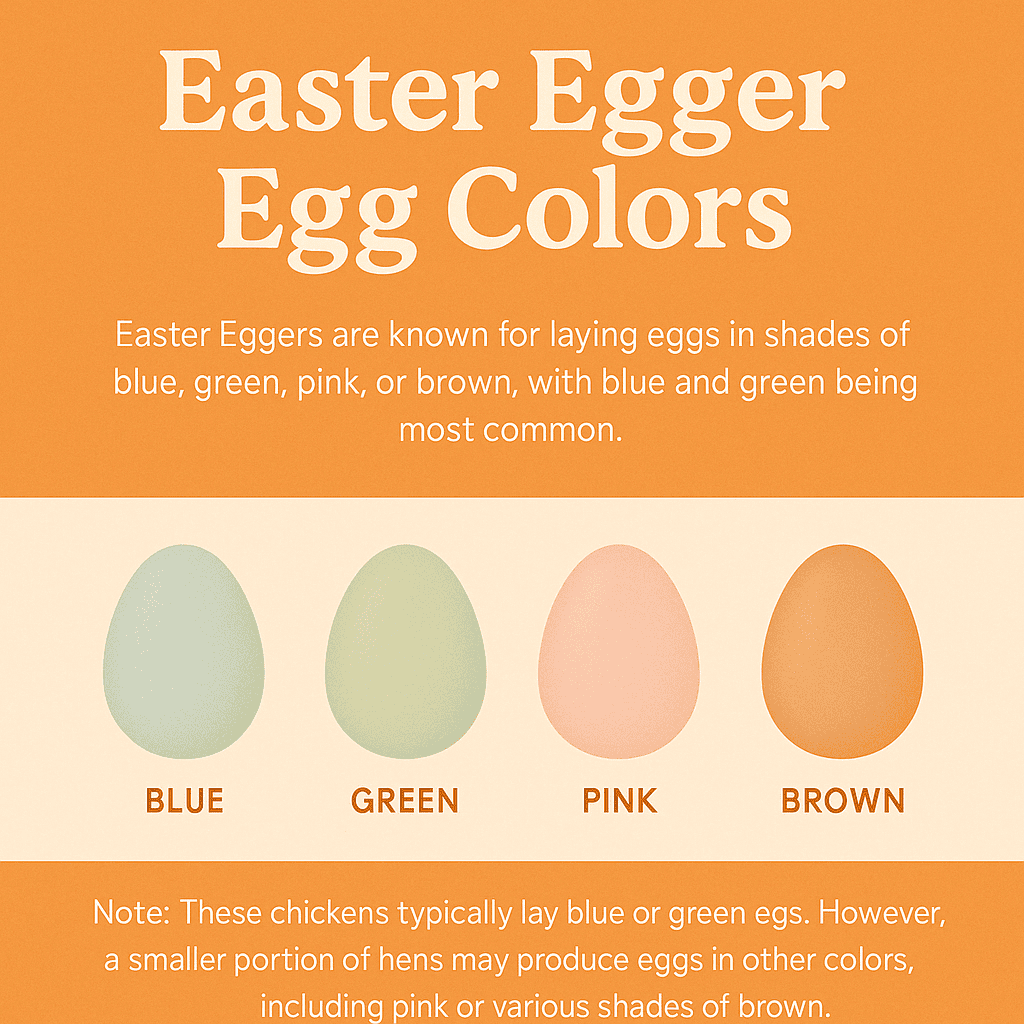
Easter Egger Features and Egg Production
Easter Eggers are loved for their unique features and impressive egg production. These chickens share traits with Araucanas and Ameraucanas, such as poofy cheeks and small beards.
What makes them stand out is their ability to lay eggs in a variety of colors, including blue, green, pink, white, tan, and even dark brown. I’ve had one that laid a beautiful olive-speckled egg, which added so much fun to the egg-collecting experience.
Their eggs don’t change colors during their lifetime, and with proper care and diet, they can produce up to 280 medium-sized eggs per year. While Easter Eggers offer a rainbow of shades, the Cuckoo Maran Chicken stands out for its deep, chocolate-brown eggs that bring a bold contrast to lighter tones.
Typically, egg production begins around 20 to 25 weeks (about 5 to 6 months) of age. You can expect around 4+ eggs weekly, with over 200+ eggs in their first year. However, this can slightly decrease by 10 to 15% each year as the chickens age.
Factors like winter lighting and the traits of their parent breeds also play a role in how many eggs they’ll produce. If you’re looking for hardy, colorful egg producers, Easter Eggers are a fantastic addition to any flock.
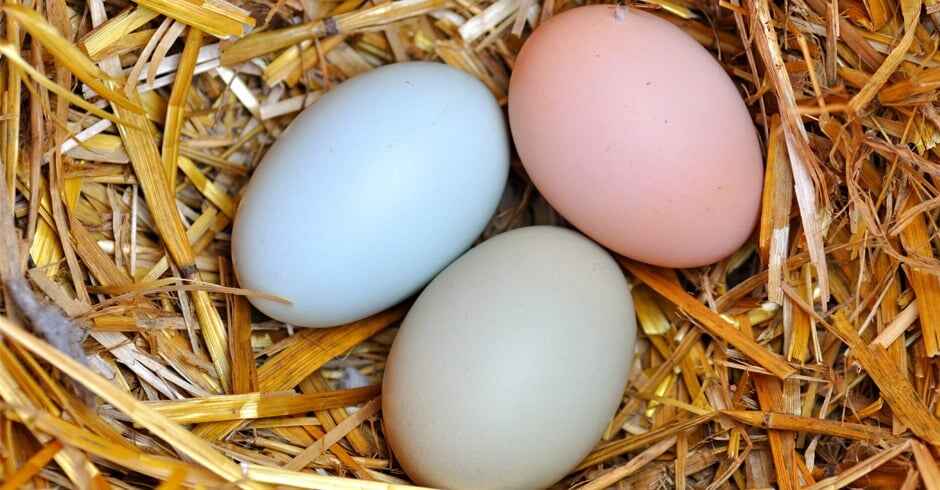
Easter Egger Egg Color
Easter Eggers are known for their colorful eggs that come in a wide variety of shades, from blue, green, and pastel blue to pink and purple. Each bird lays eggs with a specific shade, influenced by their genetics.
Some of my favorites include olive eggs, which result from a blue shell with a brown pigment overspray, and eggs with dark brown or tan tones. For those who love colorful egg baskets, you might also enjoy the Sapphire Olive Egger Chicken, which lays rich olive-toned eggs that add even more variety to your collection.
Watching my flock of 37 chickens lay eggs in such stunning variations has been so much fun, especially as their unique personalities and feather patterns make them easy to name and tell apart. My EE hens, crossed with a Welsummer, have given me an incredible rainbow of eggs, making collecting a delightful experience every time.
Are Easter Egger Chickens A Heritage or Hybrid Breed?
Easter Eggers are a hybrid breed created through cross-breeding recognized breeds like the Ameraucana, Araucana, or Legbar with a chicken that lays brown eggs.
Because of their mixed genetics, these chickens display a wide variety of traits, including inconsistent color, comb, and coloring on their ears, making them not fully recognized by the APA.
The potential for unique combinations of features in their parents means no two Easter Eggers are exactly alike, adding to their charm but also their lack of standardized characteristics.
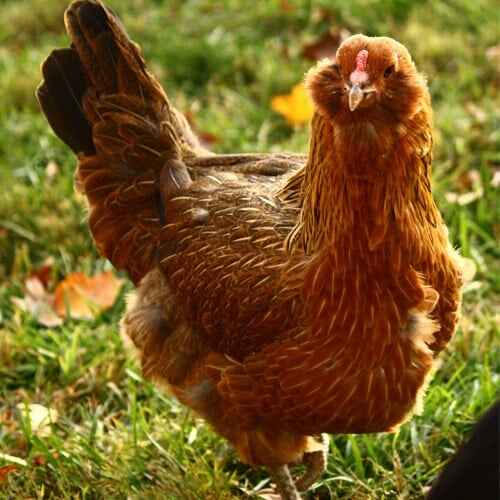
Easter Egger Chicken Appearance
Easter Eggers have a diverse appearance due to their variety of parents, making them an exciting breed to raise. Unlike standardized chickens recognized by the APA, their features can vary widely. If you’re drawn to striking plumage, the Lavender Orpington Cockerel is another eye-catching breed with soft lilac coloring and a gentle demeanor.
Many have pea combs, small wattles, and bare legs with four toes, while some showcase unique traits like a feather mohawk. Their red or white ears, tail, and vibrant coloring often resemble their Legbar lineage. These birds combine practical qualities with striking physical characteristics, making them a standout in any flock.
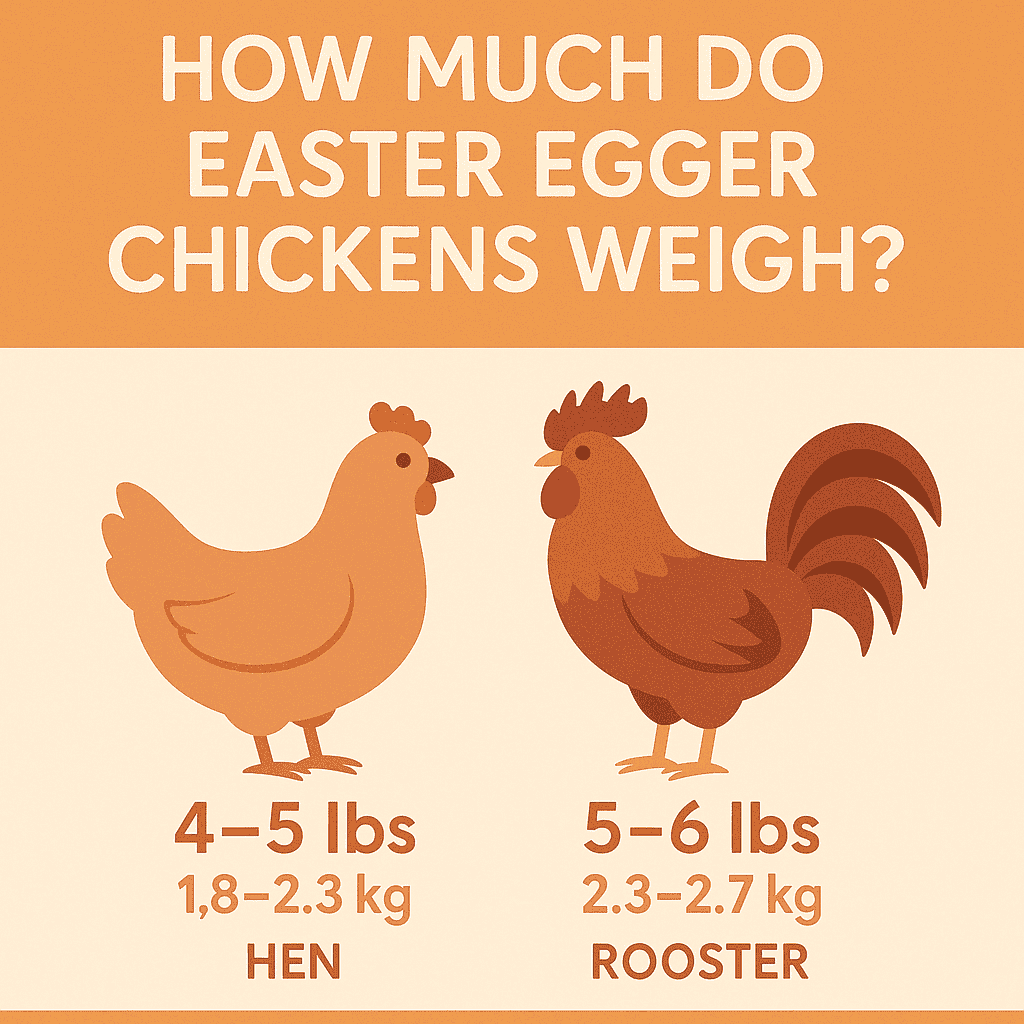
How Much Do Easter Egger Chickens Weigh?
Easter Eggers are a smaller breed compared to average-sized chickens. On average, the roosters weigh 5 pounds, while the hens weigh 4 pounds. This is lighter than typical chickens, where a rooster often weighs 6 pounds and a hen weighs 5.7 pounds. However, their size can vary depending on the parents, making them an adaptable and unique addition to any flock.
Breeding Easter Egger Chickens
Easter Eggers are known to breed naturally and prolifically without requiring human intervention. However, due to their hybrid breed nature, they do not always produce consistent offspring.
When two hybrids are bred, the resulting chicks may inherit genetics from one of their parent breeds, creating a mixed breed chick. To ensure pure offspring, a pure-bred rooster and hen must be used.
Heritage breeds, on the other hand, tend to yield consistent offspring. While Easter Eggers are generally adaptable, breeding can sometimes lead to health issues in the birds, resulting in unhealthy chicks if not done carefully. Their behavior during breeding periods, such as sitting on a nest for a few weeks, can vary significantly.
Are Easter Egger Hens Broody?
It’s uncommon for Easter Egger hens to go broody, as breeders have intentionally used careful selections to remove this tendency from the breed. Over the 3 years I’ve had my five Easter Egger chickens, none of them have shown broody behavior. This trait makes them ideal for those who want reliable layers without the challenges that come with broodiness.
Are Easter Egger Chickens Hardy?
Easter Eggers are a hardy breed known for their resilience to both hot and cold temperatures. During winter, even in severe conditions like -22 wind-chill, my chickens thrived in an unheated chicken coop with no issues.
Their small combs make them less prone to frostbite, and they continue winter laying with as little as 6 hours of sunlight. In the summer, providing shade is usually sufficient to keep them comfortable.
Their hybrid vigor contributes to their adaptability, and they are quite inquisitive—I often find them perched on roosts or even in trees in the barn. Compared to my silkies and my garden buddy, a Dominique, Easter Eggers are active and always exploring, making them a joy to raise.
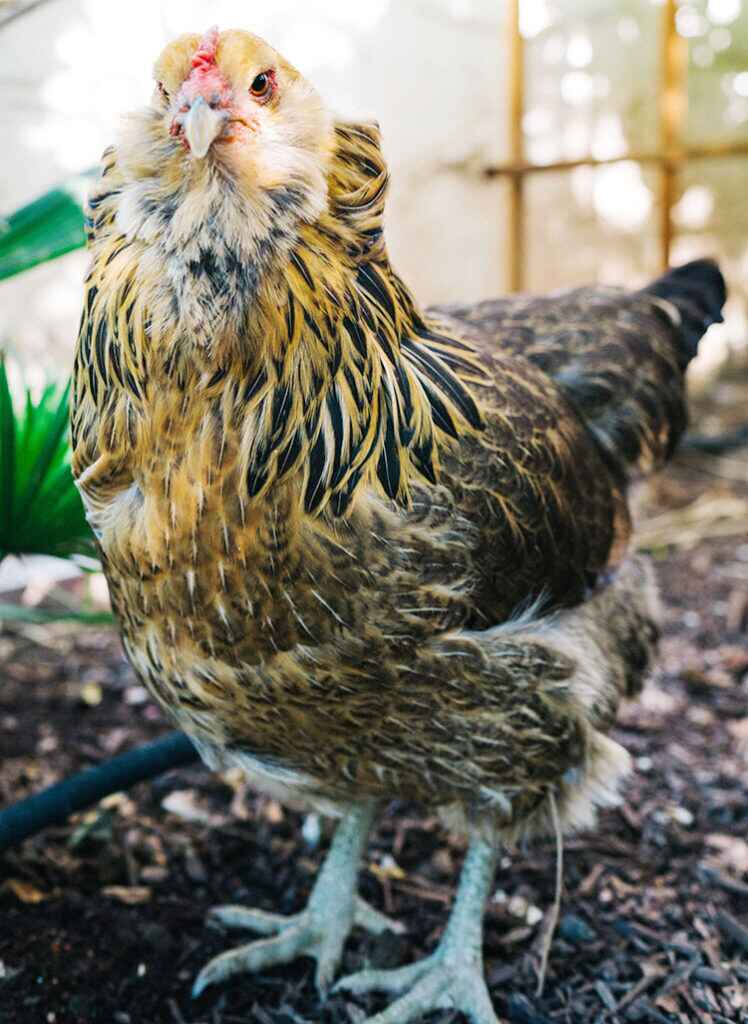
Common Easter Egger Health Risks
Easter Eggers are known for their hardiness and resistance to most common illnesses, but maintaining their health still requires care. I add vitamins to their water as a precaution, especially for younger birds joining the flock, to prevent deficiencies.
Providing oyster shells ensures they get enough calcium, as one of my hens sometimes lays brittle eggshells due to a calcium deficiency. If prolonged, this can lead to serious health complications and a reduced lifespan. It’s also important to watch for parasites and other general issues to keep your flock thriving and strong.
Are Easter Egger Chickens Good For Meat Production?
As a small bird, the Easter Egger is not ideal for large-scale meat production, but its meat has been described as having a taste similar to quail, making it a unique option for small farms or specialty use.
Are Easter Egger Chickens Noisy?
Easter Eggers are generally a quiet breed, making them suitable for urban farms. While the hens are not known for creating an abundance of noise, they can get vocal, occasionally squawking as they walk around. However, roosters may be too noisy for densely populated areas, so it’s something to keep in mind when raising this breed.
Easter Egger Chicken Temperament
Easter Egger chickens are known for their quiet and gentle disposition, making them some of the friendliest birds you can raise. They are easy to hold and do particularly well around children, making them a perfect choice for family farms or backyard setups. They are never aggressive, which adds to their charm and ease of care. Easter Eggers are friendly and easy to handle, but if you’re after a calm, cuddly breed with a sweet temperament, the Buff Orpington Chicken is a long-time family favorite.
Easter Egger Chicken Housing Requirements
To keep Easter Eggers comfortable, they need 3 to 4 square feet of space per bird in the coop. The coop should be secure, free from drafts, and doesn’t need to be heated, as this is usually sufficient for them. An enclosed run with 10 square feet per bird ensures they stay happy and healthy. On hot, sunny days, a roofed run with plenty of airflow and free access to a shady, cooler coop has worked well for us, even in temperatures as high as 90 degrees.
Are Easter Egger Chickens Right For You?
Easter Eggers are easy to find and make a family favorite due to their fun personalities, strong egg production, and resilience to disease and weather. They are ideal for beginners, as they are gentle, healthy, and do well in most environments. If your priority is maximum egg output with minimal fuss, the ISA Brown Chicken is a powerhouse layer that consistently delivers a high volume of eggs.
While they don’t produce much meat or as many eggs as other breeds, their colorful egg basket and their ability to be easily held make them a great choice, especially for families with children. If you’re not set on heritage breeds or purebred bloodlines, these chickens will bring p
